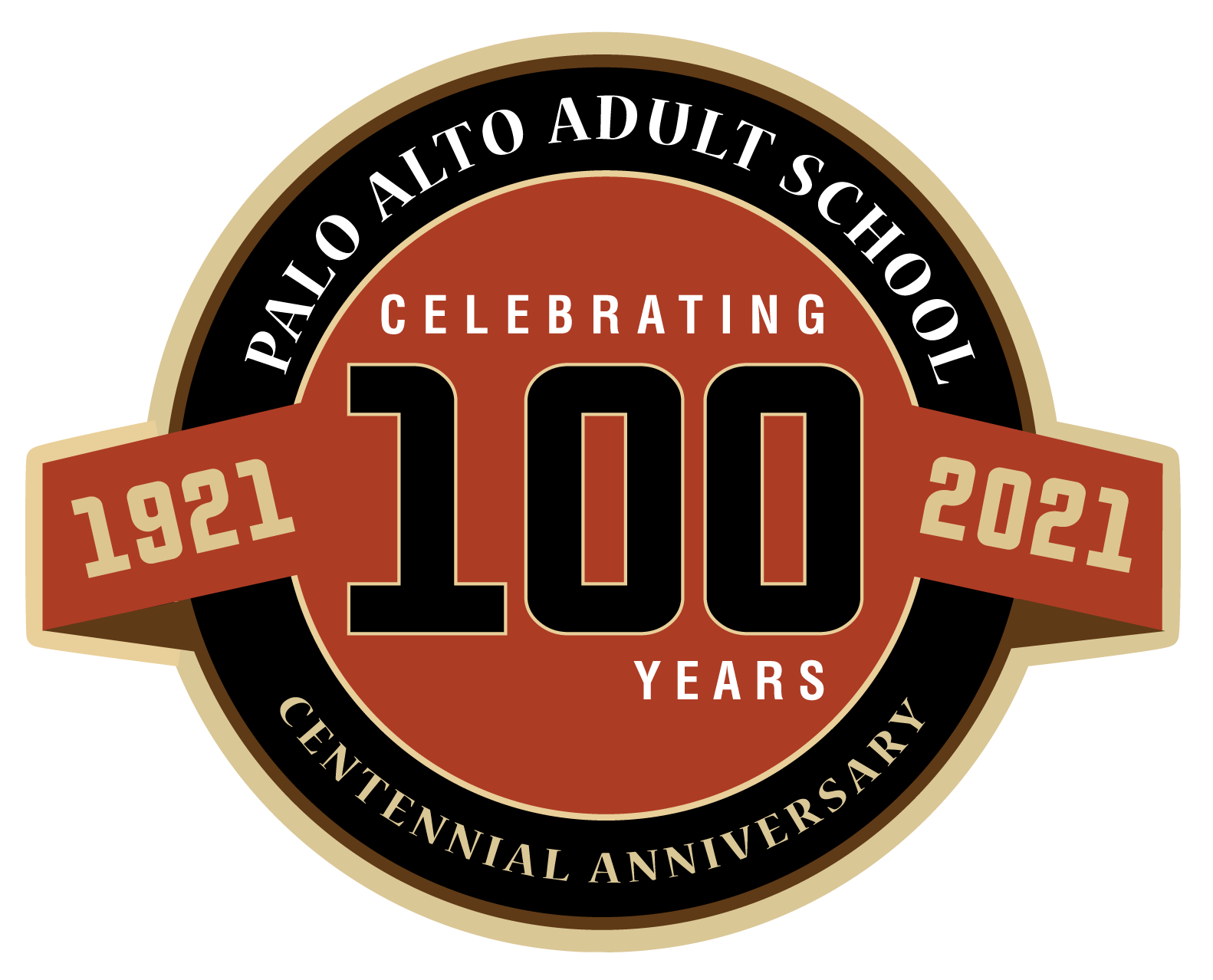Consortium Partnership
ADULT EDUCATION PROGRAM (CAEP)
(1) What is CAEP?
The 2015-2016 State Budget appropriated $500 million (AB 104) to the California Community College Chancellor’s Office (CCCCO) and the California Department of Education to allocate funding for adult education. The funds will be provided to eligible consortia for the purpose of implementing regional plans for adult education. The intent of the Adult Education Program was to expand and improve the provision of adult education via these consortia.
The CCCCO and the California Department of Education (CDE) are working in partnership to implement the requirements outlined in the Adult Education Program. We will continue to provide guidance and solicit feedback from the field throughout the implementation process. Link to CAEP: https://caladulted.org
(2) What is a consortium?
The 2013-2014 State Budget appropriated $25 million to the California Community College Chancellor’s Office (CCCCO) to allocate funding for two-year planning and implementation grants. The funds were provided to eligible consortia for the purpose of developing regional plans for adult education. Assembly Bill 86 (AB 86) outlined expectations for consortium development as well as planning and implementation requirements to establish the Adult Education Consortium Program. The intent of AB 86 is to expand and improve the provision of adult education –via these consortia– with incremental investments starting with the 2015-16 fiscal year.
A consortium is comprised of at least one adult school and a one community college. Currently, there are 71 consortia in California serving adult students in the following program areas;
- Programs in elementary and secondary basic skills, including programs leading to a high school diploma or high school equivalency certificate.
- Programs for immigrants eligible for educational services in citizenship, English as a second language, and workforce preparation.
- Programs for adults, including, but not limited to, older adults, that are primarily related to entry or reentry into the workforce.
- Programs for adults, including, but not limited to, older adults, that are primarily designed to develop knowledge and skills to assist elementary and secondary school children to succeed academically in school.
- Programs for adults with disabilities.
- Programs in career technical education that are short term in nature and have high employment potential.
- Programs offering preapprenticeship training activities conducted in coordination with one or more apprenticeship programs approved by the Division of Apprenticeship Standards for the occupation and geographic area.
North Santa Clara County Student Transition Consortium
The Palo Alto Adult School is a member of the North Santa Clara County Student Transition Consortium (NSCCSTC), a collaboration between the Foothill-De Anza College District (FHDA), Palo Alto Unified School District Adult School (PAUSD), Fremont Union High School District Adult School (FUHSD), and the Mountain View Los Altos Union High School District Adult School (MVLA). The consortium serves the communities of Cupertino, Los Altos, Los Altos Hills, Mountain View, Palo Alto, and Sunnyvale, as well as portions of San Jose. Its mission is to coordinate and align programs, create linkages, and develop regional plans to better serve the educational needs of adults in the region.
Meet the members of our consortium:
- Palo Alto Adult School
- Mountain View Los Altos Adult School
- FUHSD Adult School Sunnyvale-Cupertino
- De Anza College
- Foothill College
Find out more about NSCCC at https://nscadulted.com/.
(3) What resources has Palo Alto Adult School added as a result of the CAEP?
- The Writing Academy, which includes three levels of writing and allows students to add another day of instruction in English.
- Since January 2016, the Adult school has had a transition advisor, who meets with students to support them in their academic and career technical education goals.


